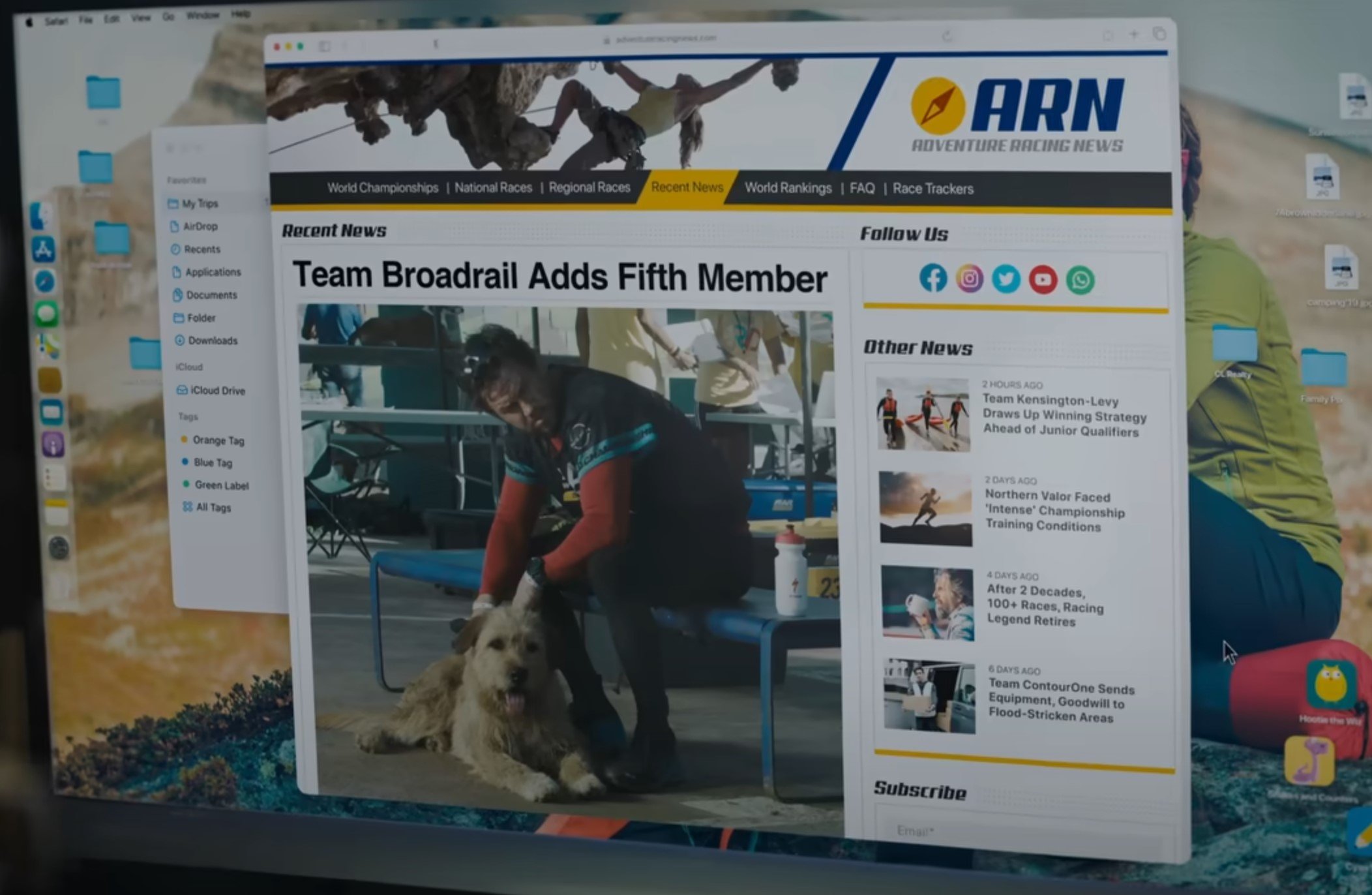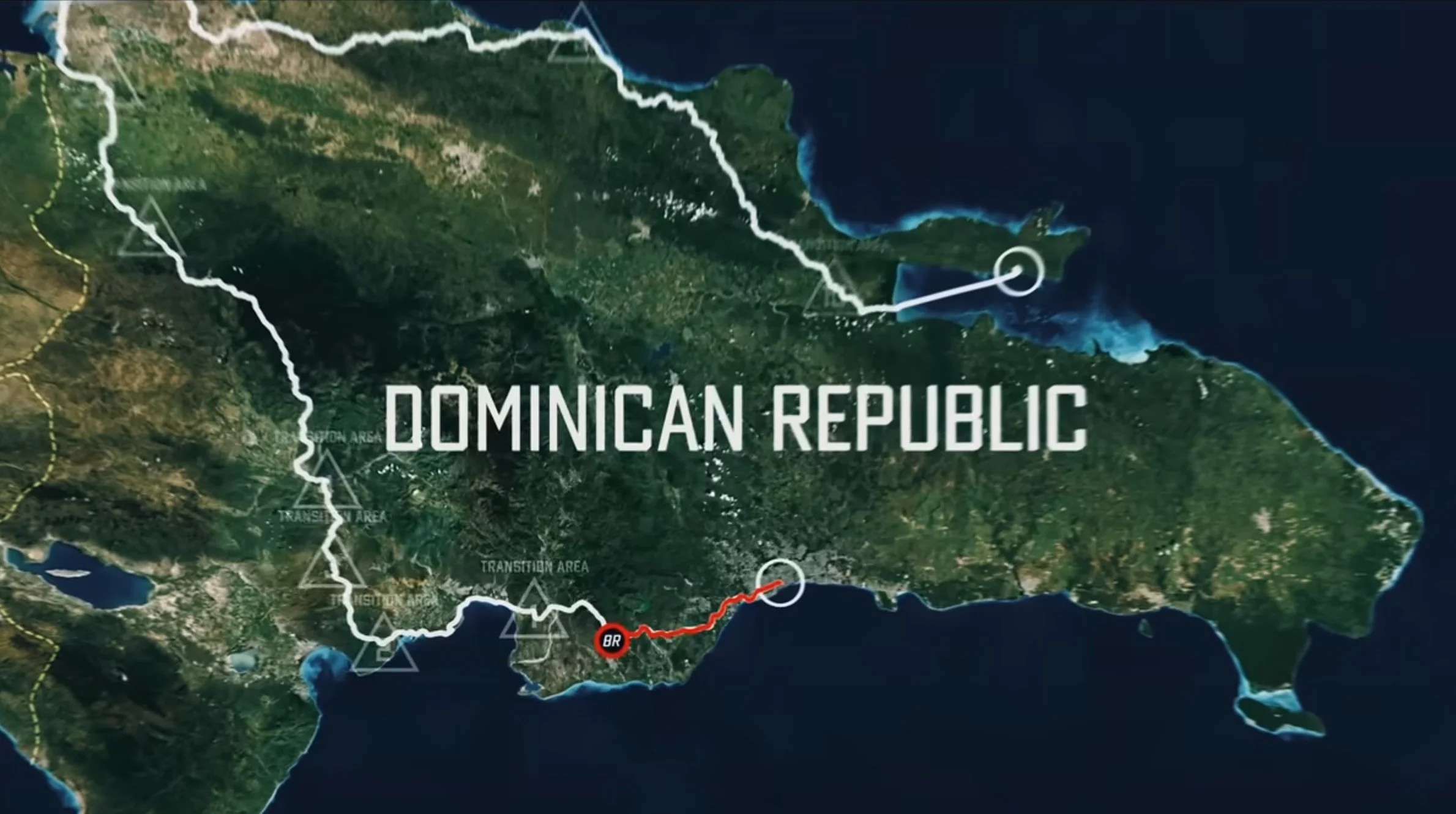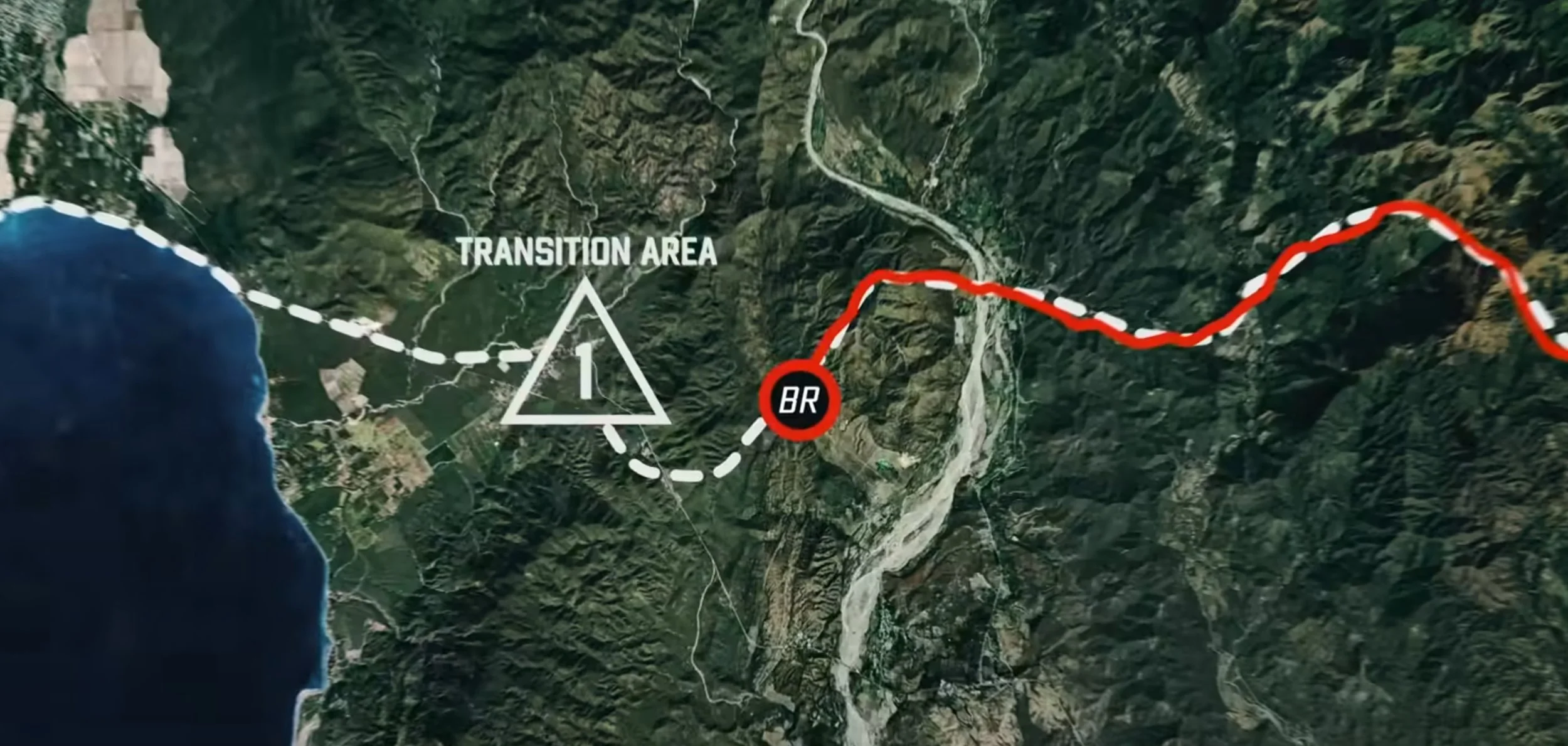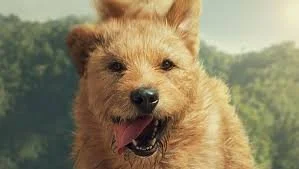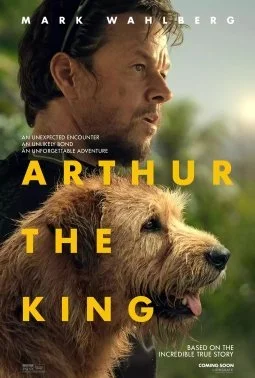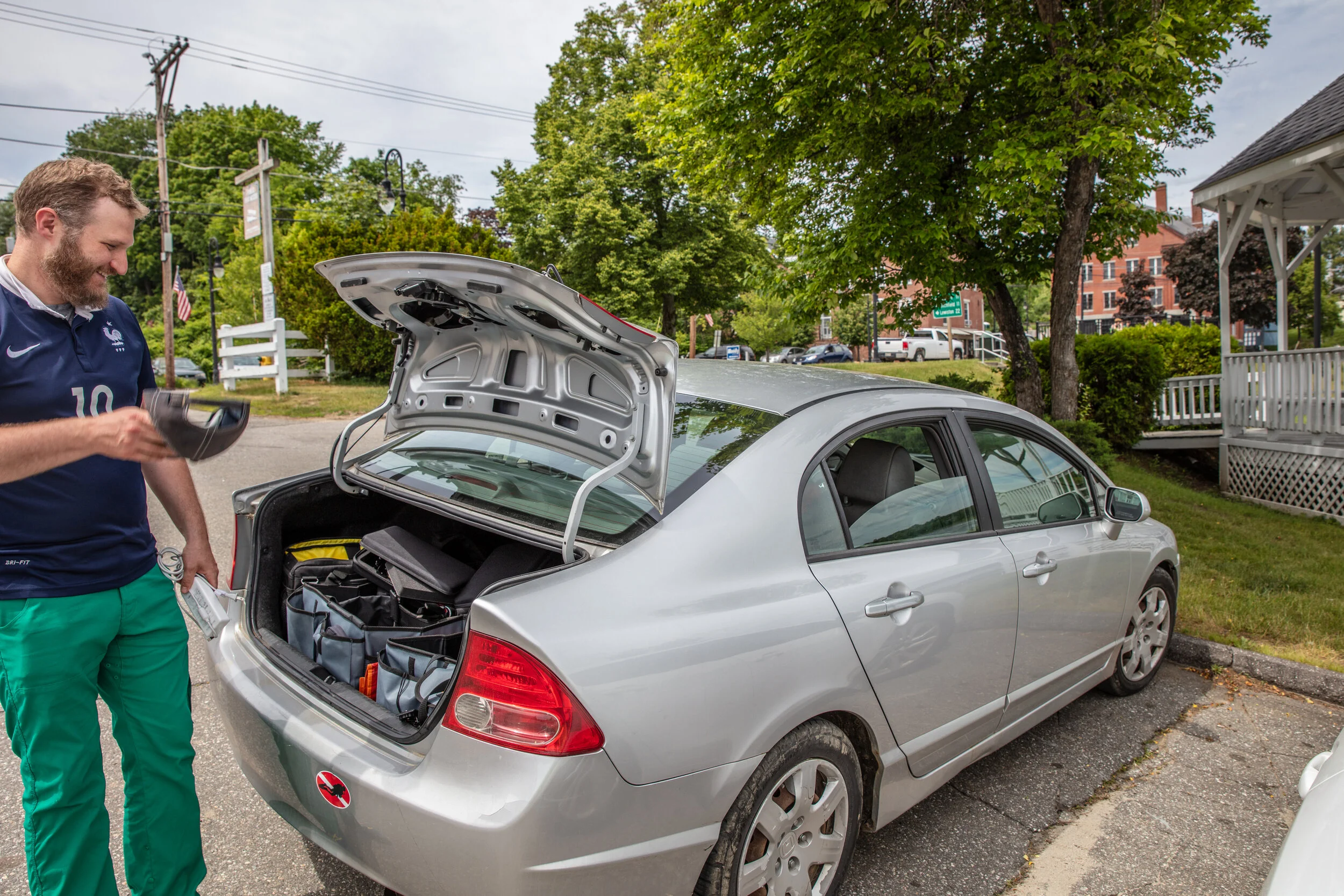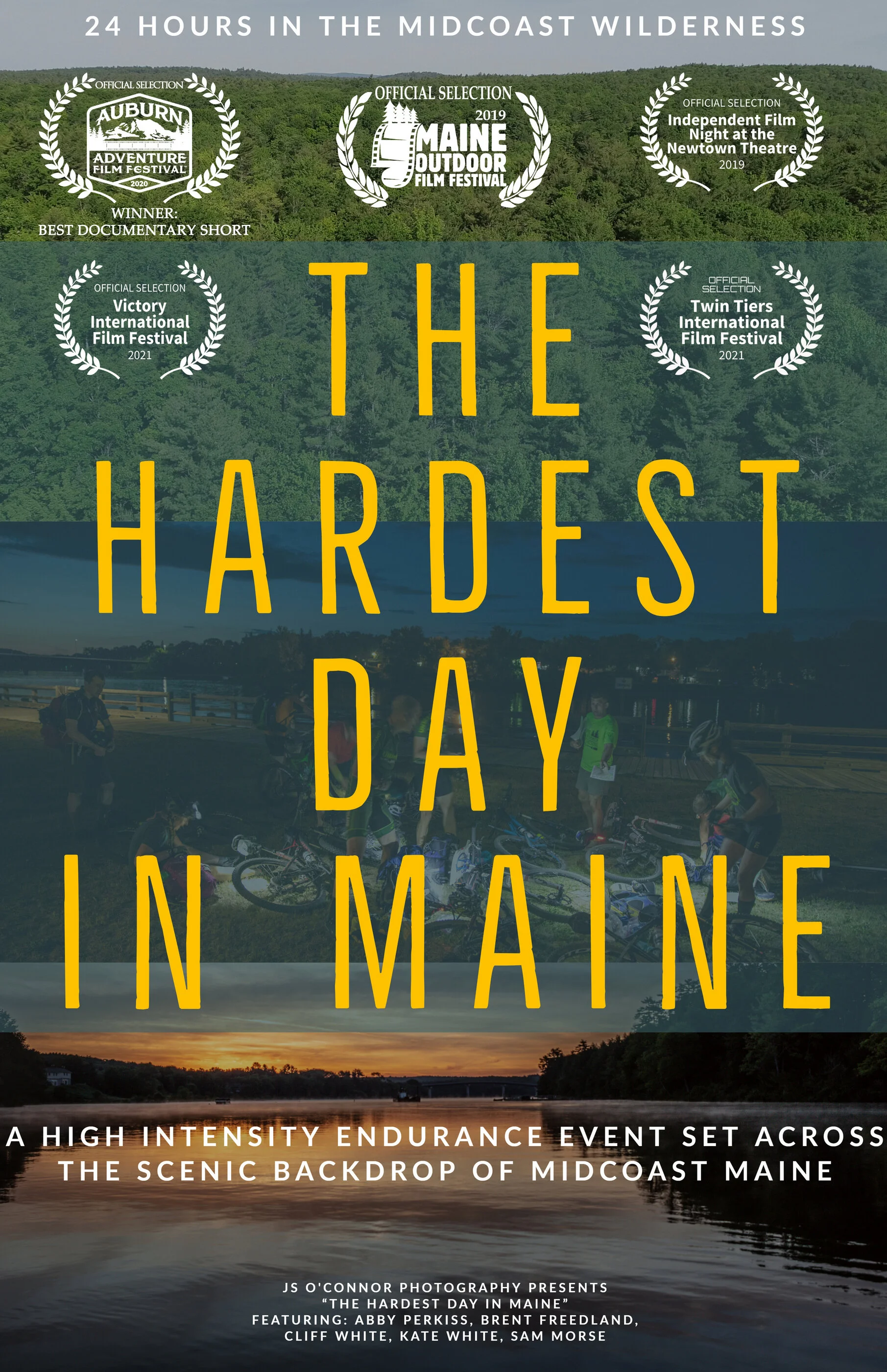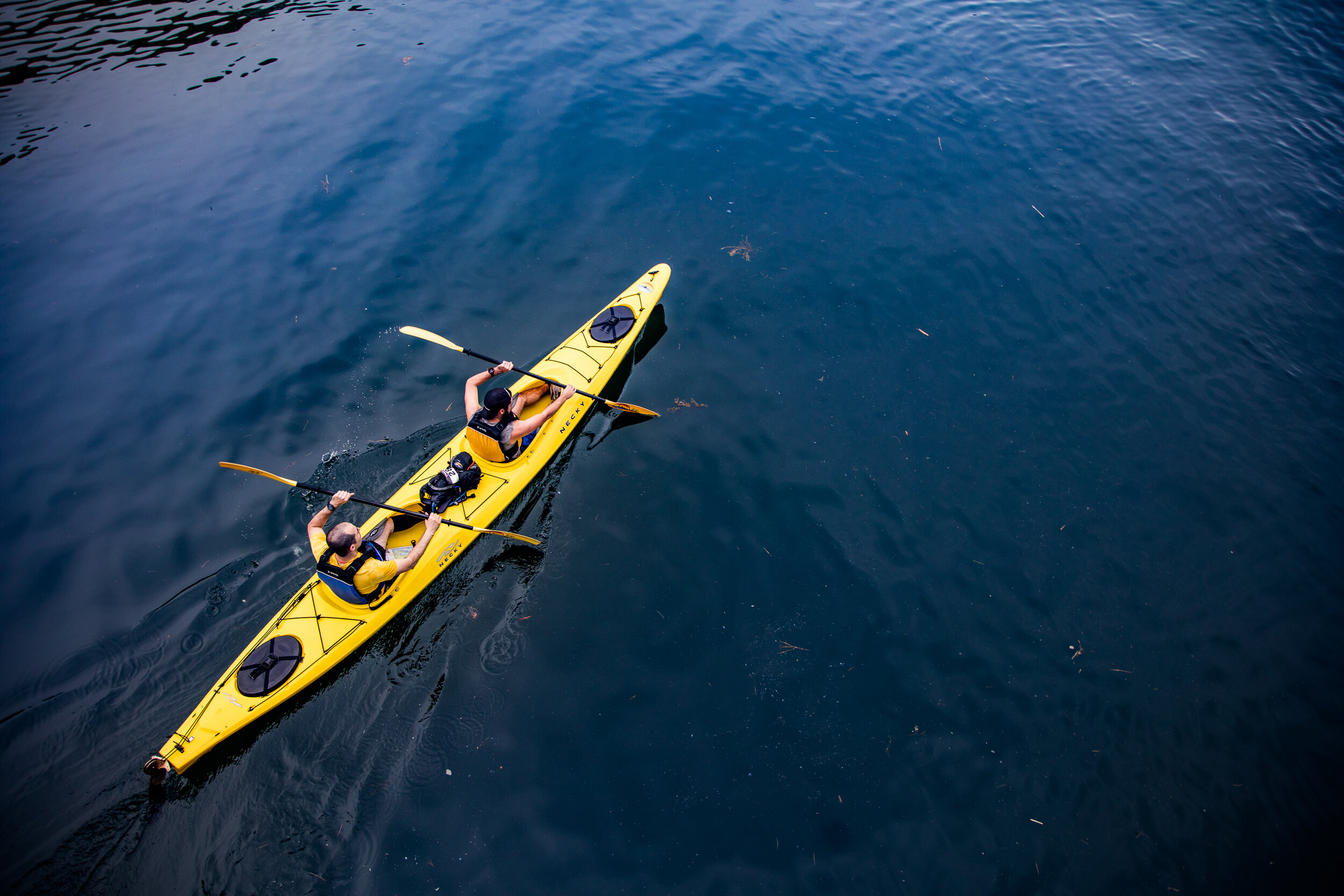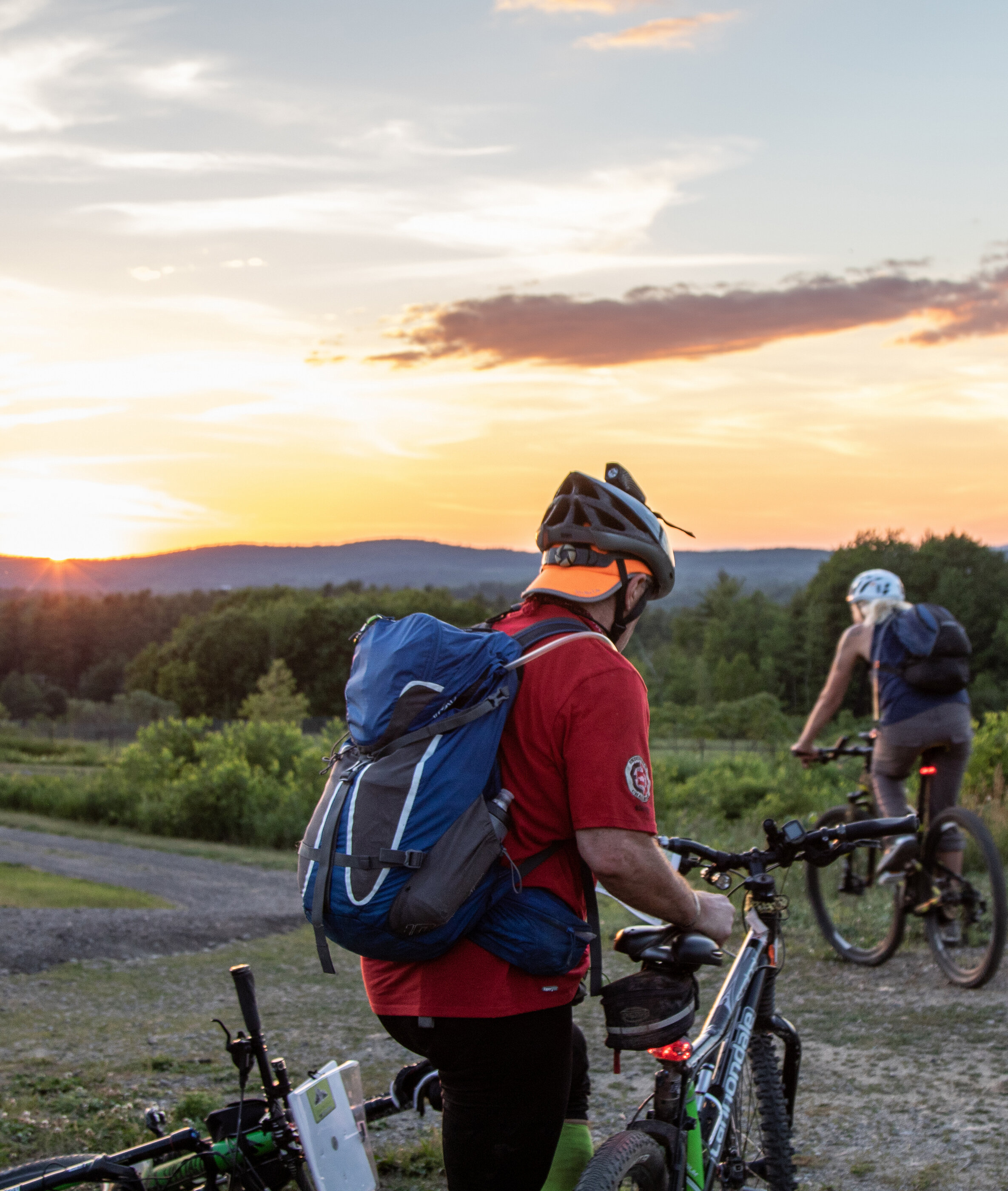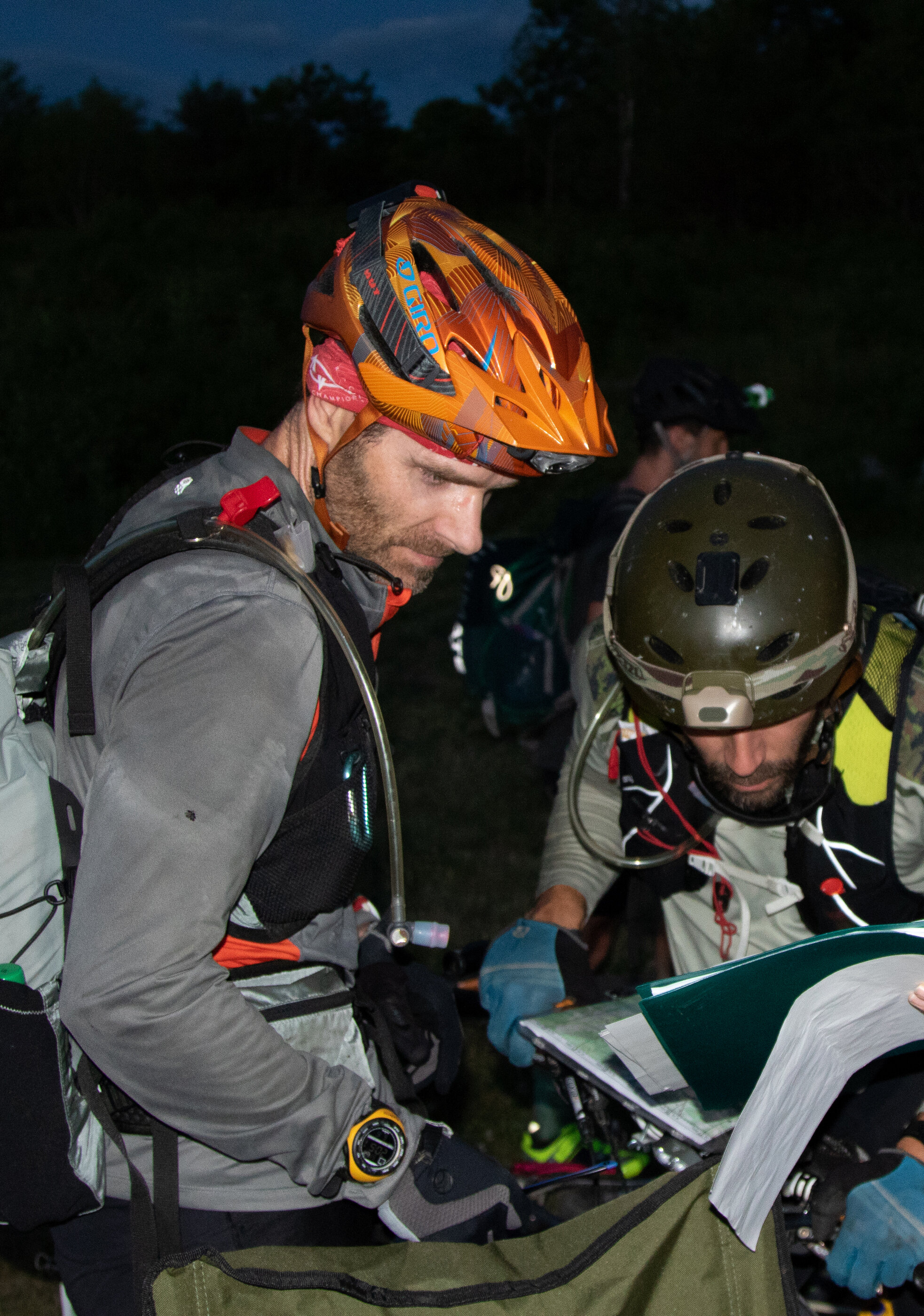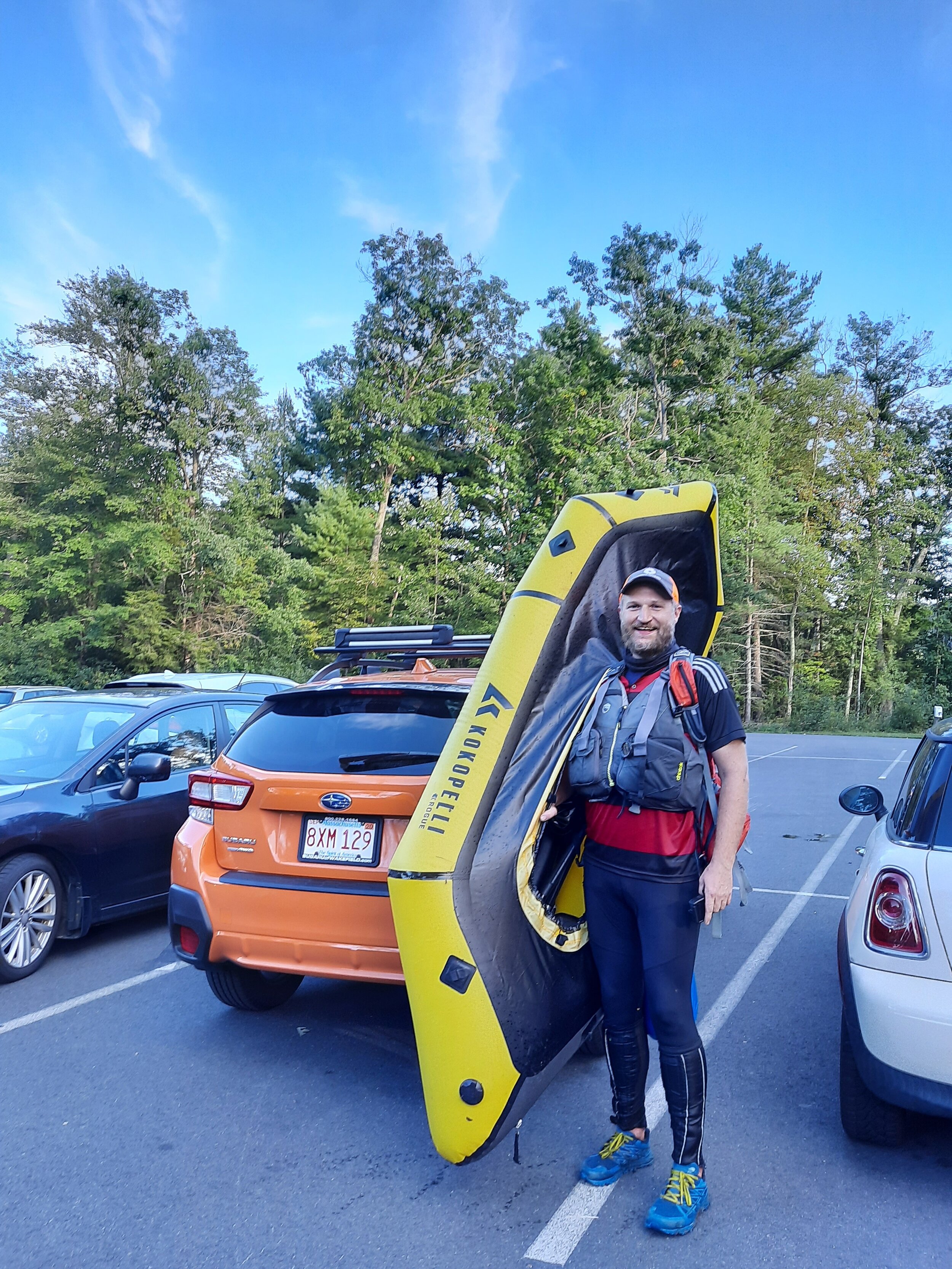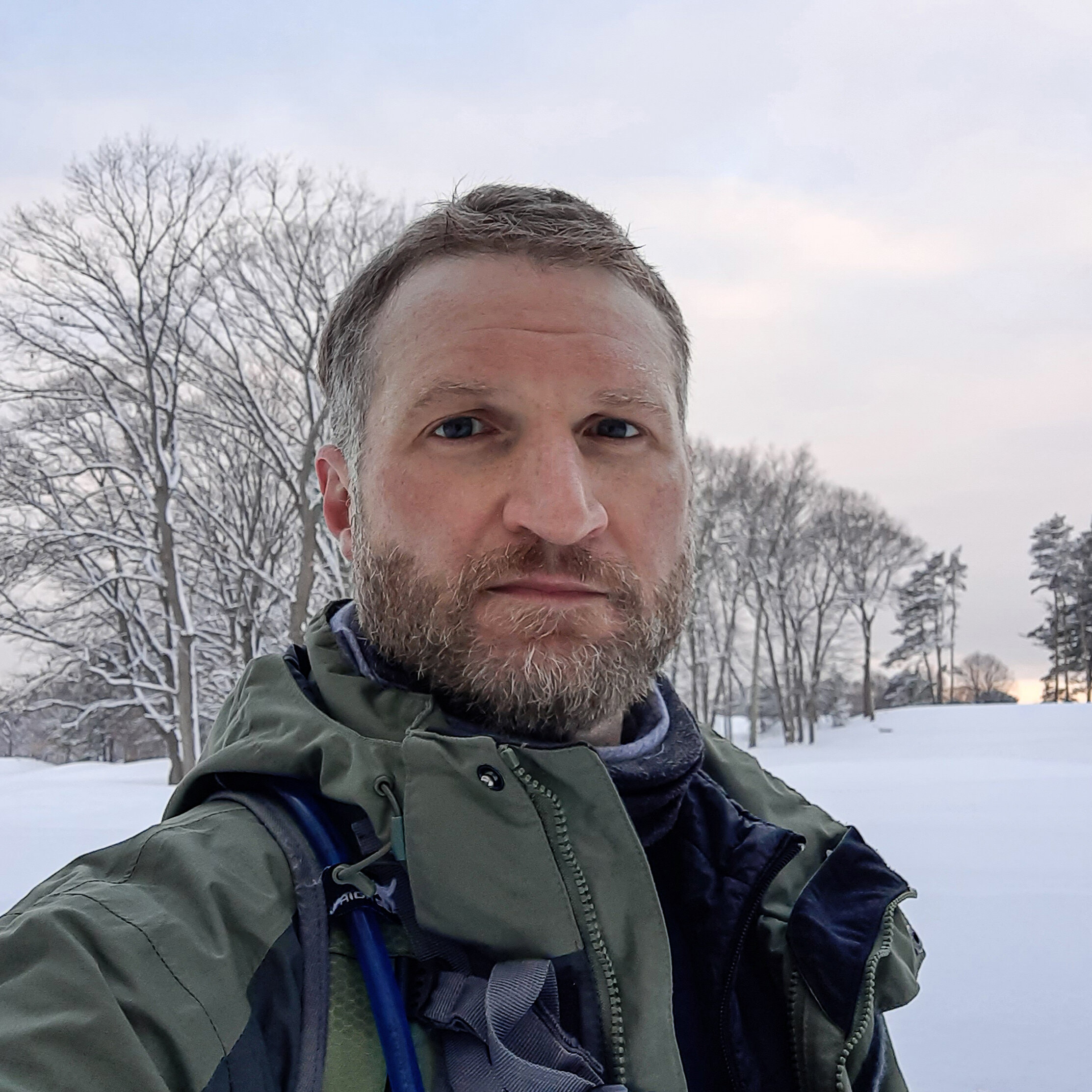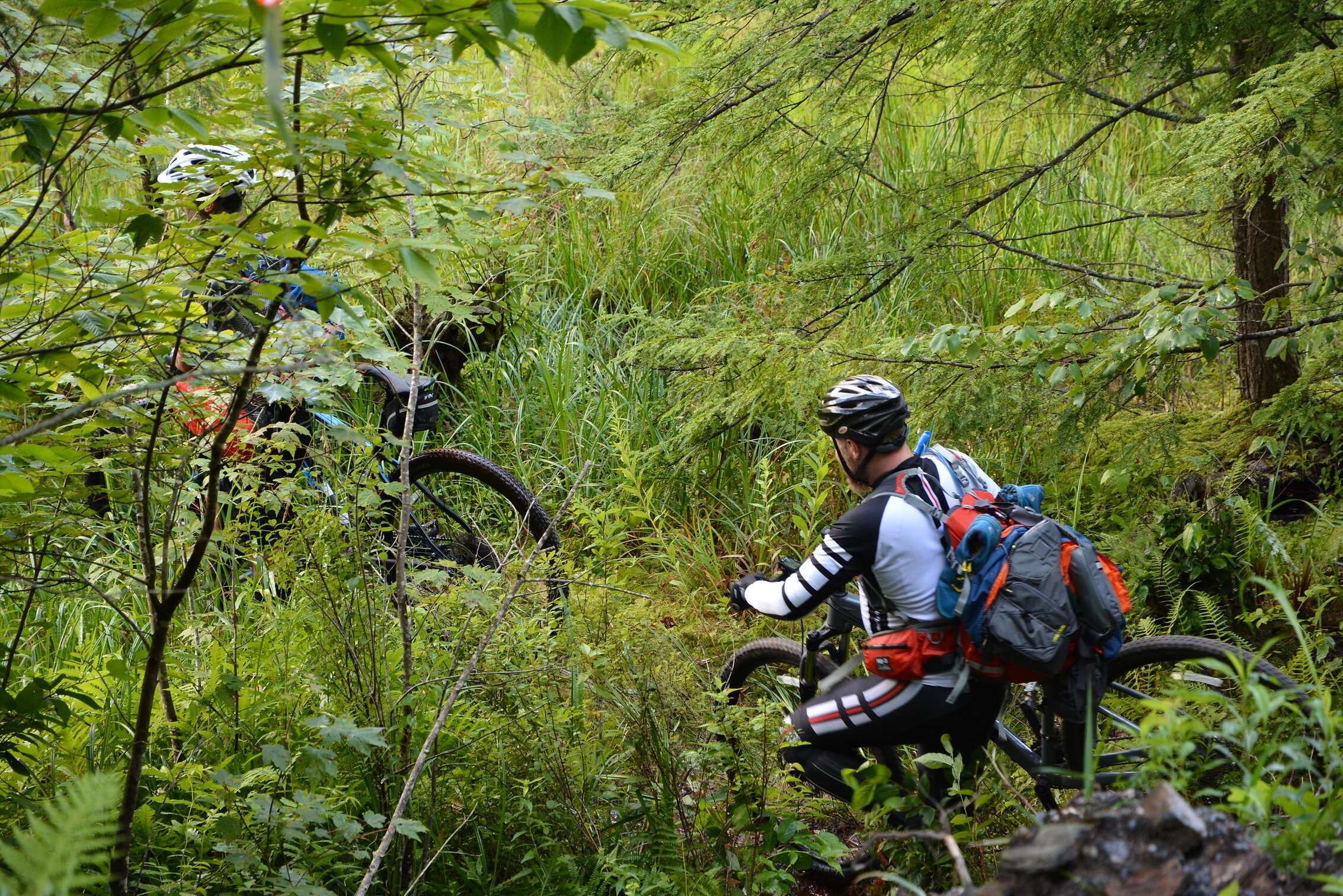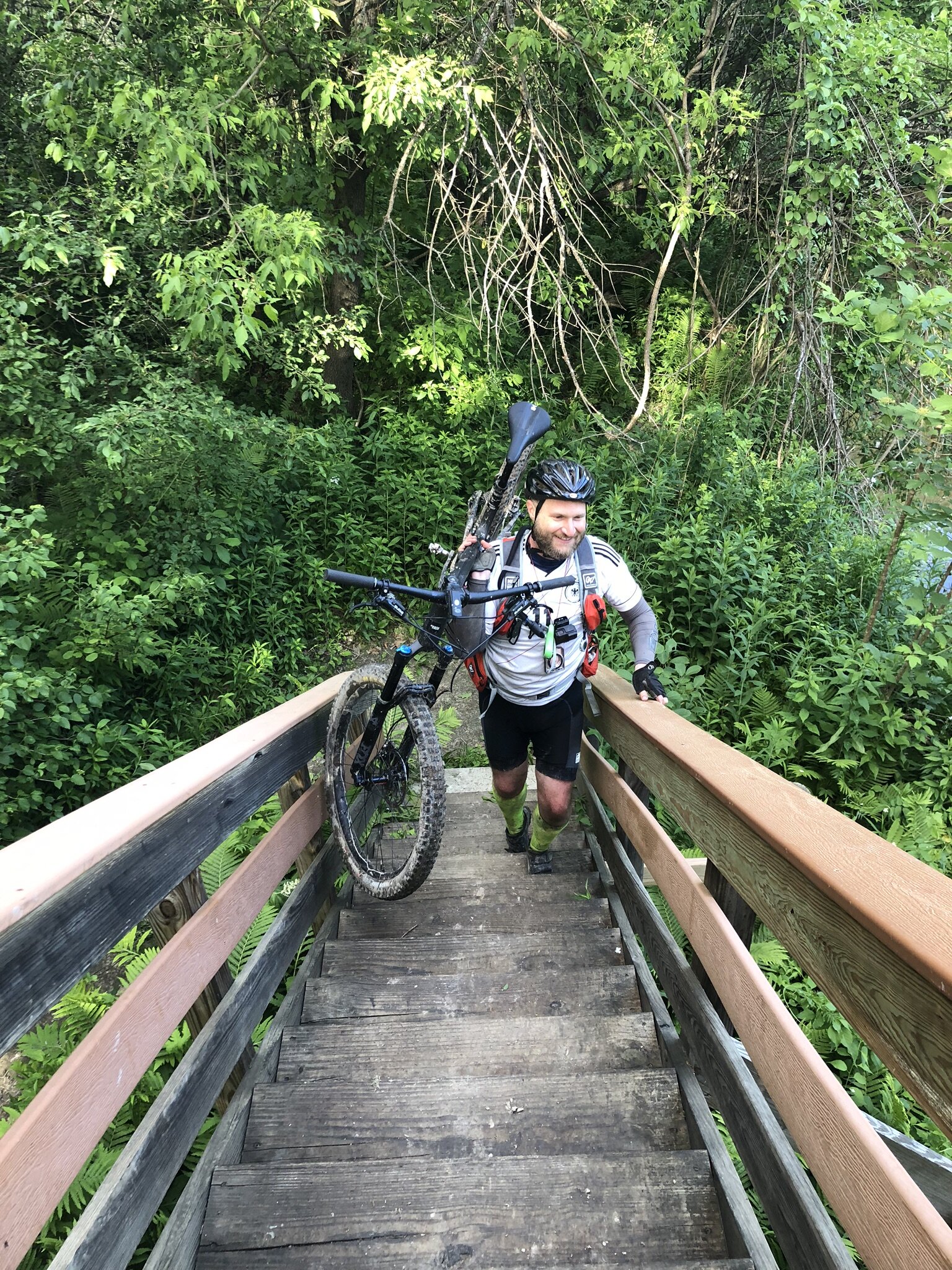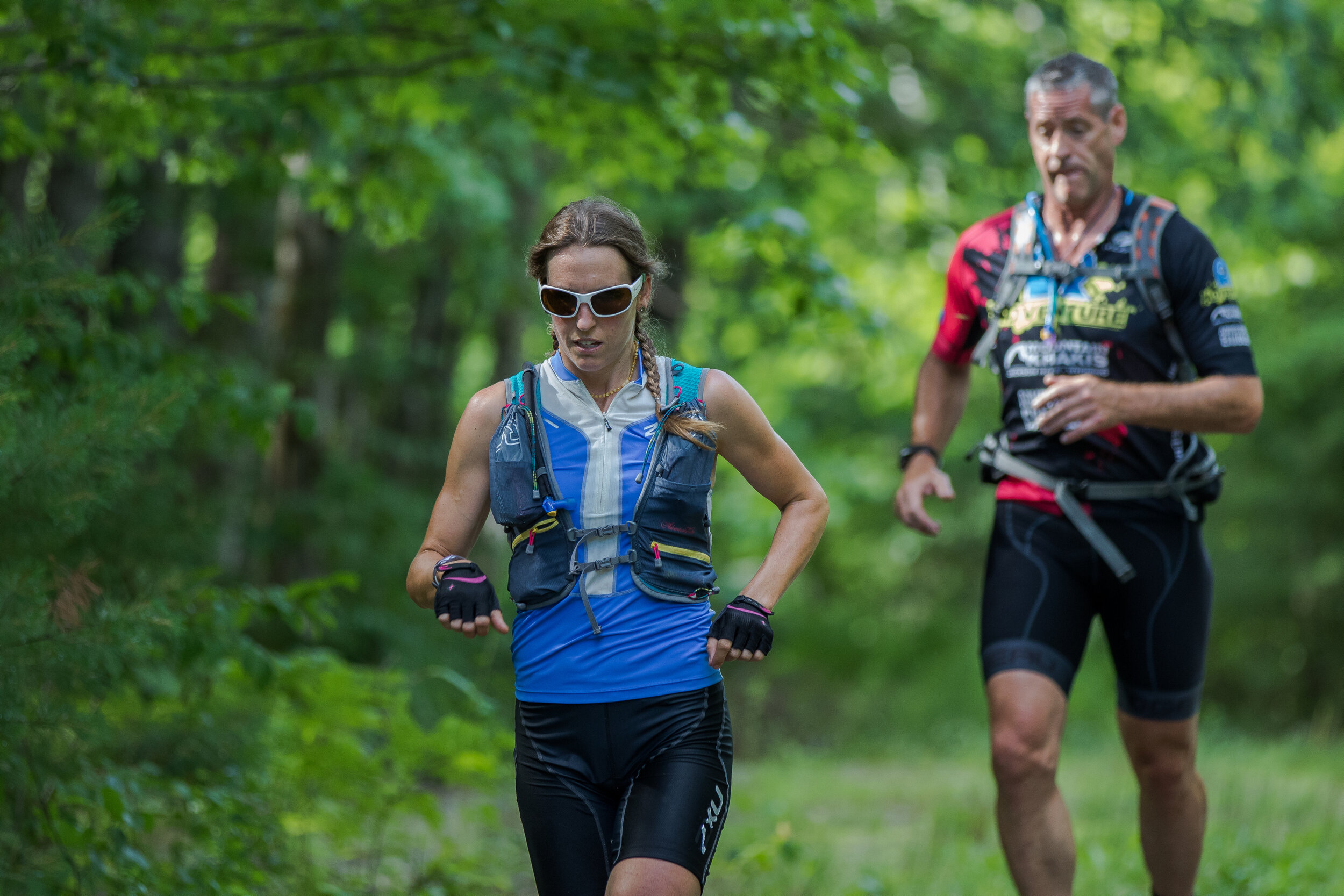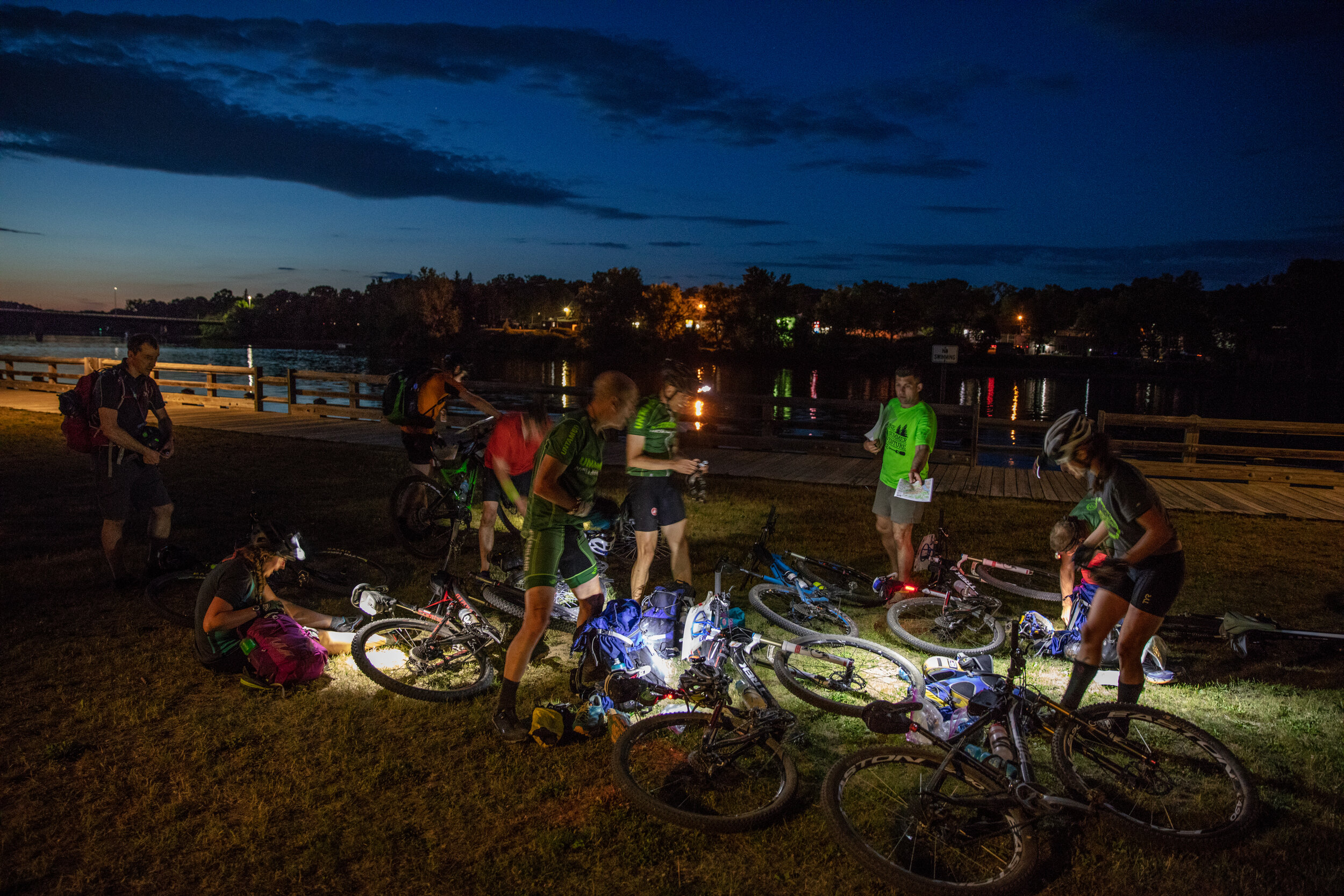Arthur the King (2024) - My thoughts from a media racer's perspective: (MILD SPOILERS)
Like a lot of folks in the adventure racing community, I have already gone to see the new movie Arthur the King. If you have somehow missed this release, go check out the film while it's in theaters. Now that I've seen it with Strong Machine Adventure Racing there were a few things that stuck out to me that I'd like to mention in a brief review here.
REALISM:
In many details the film stays quite realistic and true to the ARWS - Adventure Racing World Series experience. Everything that the teams wear and carry during the race in the movie is what you might expect to see on a real course. From the OutThere USA packs to the Epic wing paddles and slow plastic sit-on-top kayaks, it really felt authentic visually. The movie's dialogue was also peppered with adventure racing inside jokes and references that were clearly thought out by those with deep knowledge of the sport.
“Adventure Racing News” (See: sleepmonsters.com for IRL Adventure Racing news)
The course is the size of the entire Dominican Republic, which is accurate to the scale of ARWS courses!
Zoom in on the course flyover
While the details of the race itself were highly simplified and condensed, I still think they did well to show adventure racing in a very exciting light. The simplified approach to explaining the sport will surely help those unfamiliar with adventure racing to better understand it, but the film runs into the same problem that haunts all adventure racing media: the need for constant explanation to the audience.
The time honored pastime of dot watching.
If Arthur the King were a film about a baseball player who found a dog, the audience would need little to no explanation for what the sport in the movie was. Adventure racing is far from simple, and not nearly as widely known, so the film must take significant time to attempt to explain the sport in relation to the story. Unfortunately that does take away from time that could be spent on character development, and it makes the movie feel faster paced than it is. I know adventure racing, so I'm a bit biased and maybe I take for granted knowing how the sport works. Striking a balance between realism, character development, and the need to explain everything along the way is the real challenge here, and I think the film rides that tightrope nicely. Although, I really would have liked to see a couple more scenes with Arthur and the team. Speaking of...
LET'S TALK ABOUT THE DOG:
Wahlberg (Michael Light) and Ukai (Arthur) the dog
Again, and as the owner of a rescue dog myself, I'm biased toward a good dog story. This movie did not have to work very hard to get me to be emotionally invested in Arthur (played by acting dog Ukai), but maybe that's partially because I love dogs... Anyway the connection between Mark Wahlberg's character and the dog Arthur appeared strong, but I really wanted to see more of that experience - the why behind how they became inseparable. Again I think this element of storytelling seems to have been cut back to balance with overall explanation and exposition. The acting dog does a remarkable job in the film, and is waaay better behaved than my old pup. There are couple scenes that appear to use CGI versions of Arthur for close up shots, but it's nearly impossible to tell, and most of the scenes look like they were shot with the actual dog Ukai. If I'm wrong and it's all Ukai, that dog deserves an Oscar.
JUSTIFIED UN-REALISM
Although these points do not take away from the film as a whole, there are a few things that really stuck out to me as generous creative license Hollywood additions in the film:
1. The zipline: Without spoiling anything that isn't already known from the trailers, it seems highly unlikely to me that a race would contain an unattended zipline like the one depicted in Arthur the King. I don't know if those race directors will be able to get insurance for their next race after this one....
Probably the least realistic scene in the movie, but still very cool to watch!
2. Groups of racers: We do see lots of groups of teams racing side by side throughout the movie. While that's important to be visually exciting, the truth is that these races are so spread out that you typically won't see such large groups so late in the race. Adding more people, along with a cameo from Mikael Lindnord himself, makes the race seem more exciting on screen though.
3. Freshness: As much as the makeup department tried to make the cast look worn down, we don't quite an authentic sleep deprived race face from Mark Walhberg or any of the team. They do appear to be quite fresh on only 60 minutes of "rest" per day, but I don't expect actors to go that deep into the pain cave for a role. Okay maybe Christian Bale...
4. The corporate sponsor scene: Can someone explain to me how I get a group of 4 executives and a lawyer together to give me the time to pitch a sponsorship opportunity with adventure racing? Asking for a friend.
5. Who exactly is on belay for Olivia (Nathalie Emmanuel) and Michael Light (Wahlberg) when we see them yeet themselves off a seaside cliff without looking?
FINAL THOUGHTS
Arthur the King is a fun and emotional story that tugs hard at the heartstrings as it adapts adventure racing to the big screen in a way that I think will translate to a wider audience. Am I slightly biased for my love of adventure racing and rescue dogs? Probably, but I do think the film balances the need for basic explanation and character development well, especially given the runtime constraints of modern theatrical releases.
If you want to see adventure racing in theaters, now is your chance. Adventure racers will get all the inside jokes, references, and maybe pick up on some other creative liberties with the realism. Dog lovers will appreciate the story of Arthur, the dog with wings, and (Wahlberg) Lindnord's journey together. Overall it's a fun experience on film and it's very cool to see our sport being represented like this.
Go see the film and tell me what you thought!
For more about the real adventure racer Mikael Lindnord and the incredible true story, check out the book, Arthur: The Dog Who Crossed a Jungle to Find a Home
Now available as an audiobook on Spotify!
